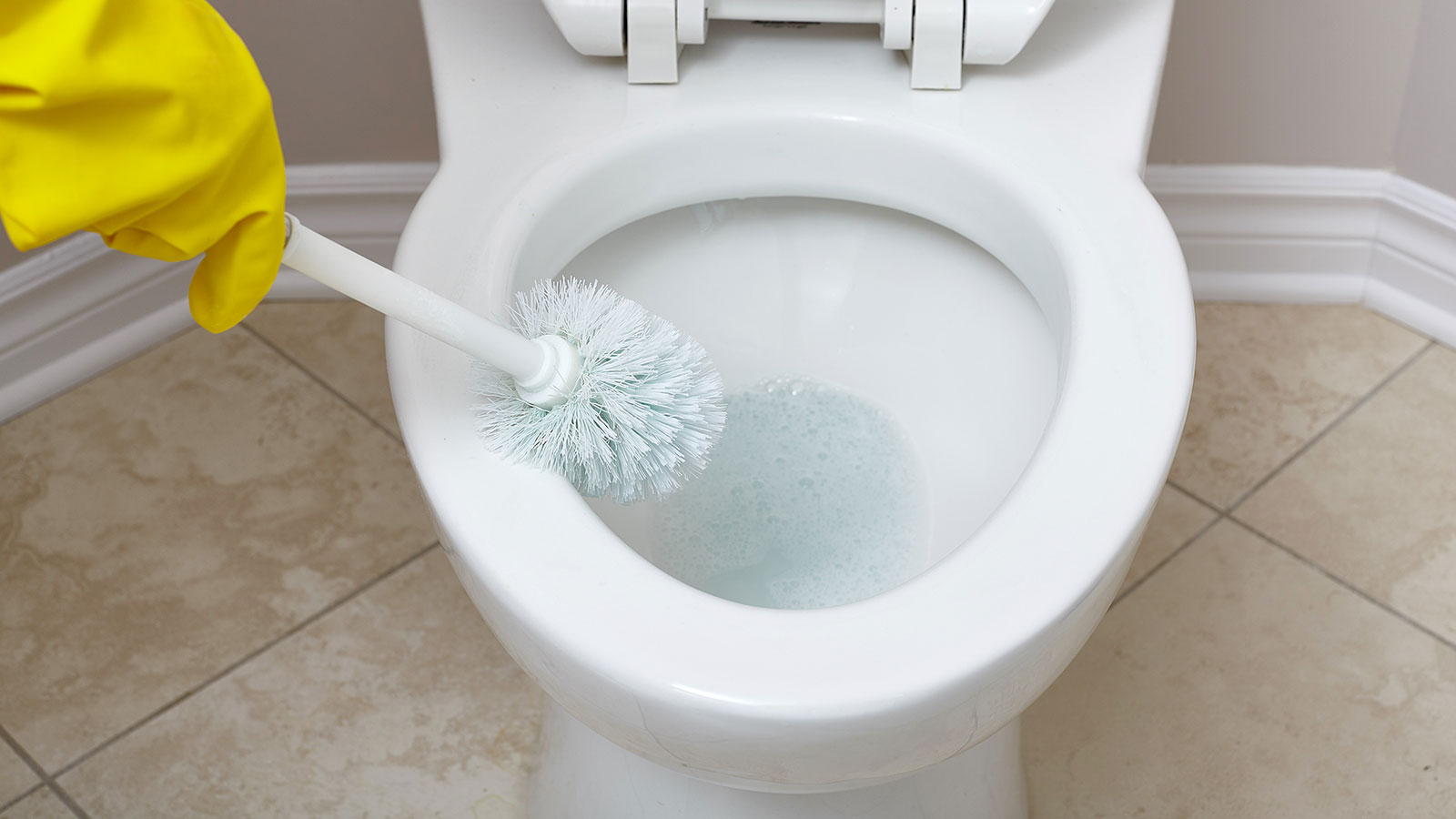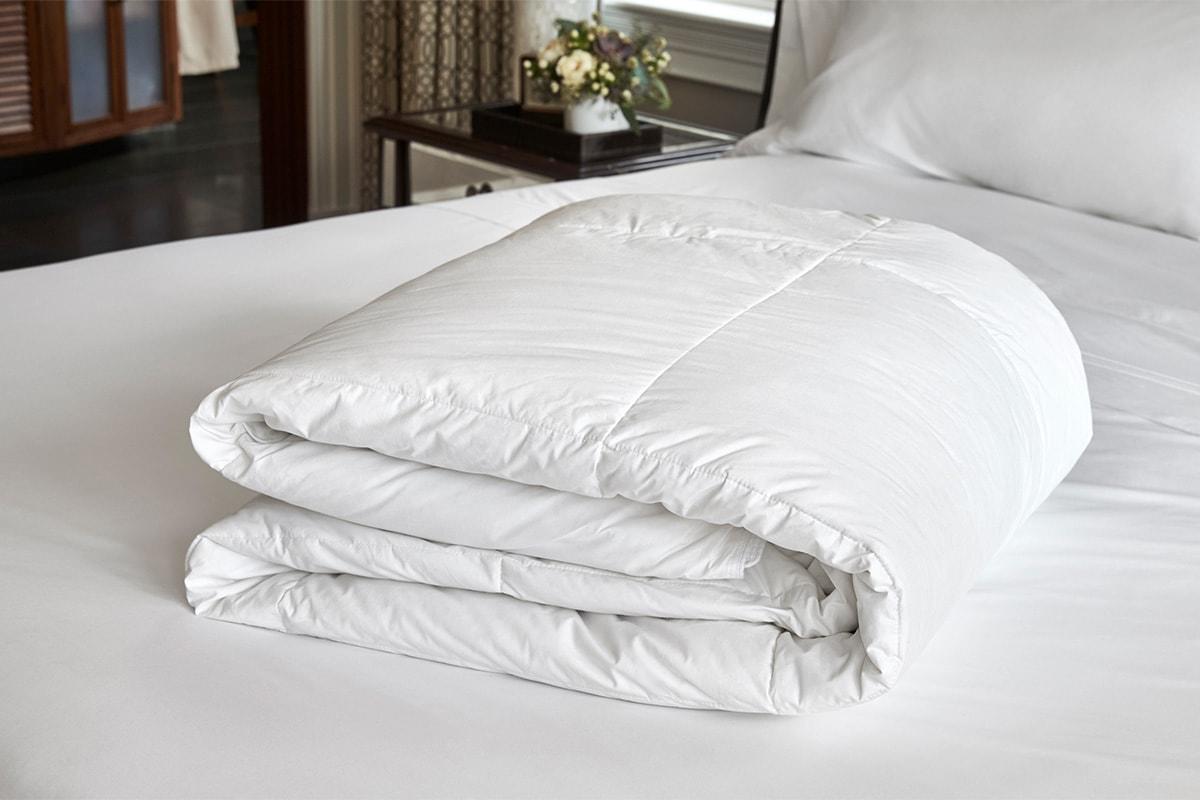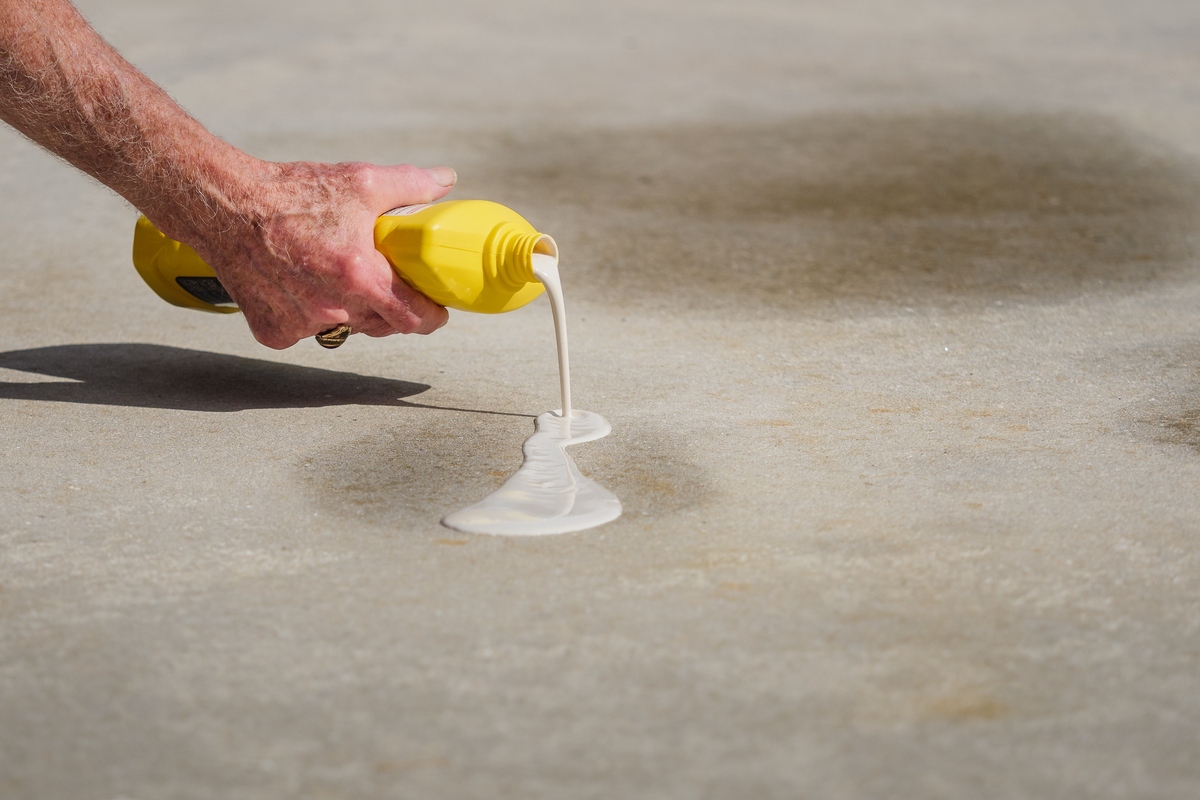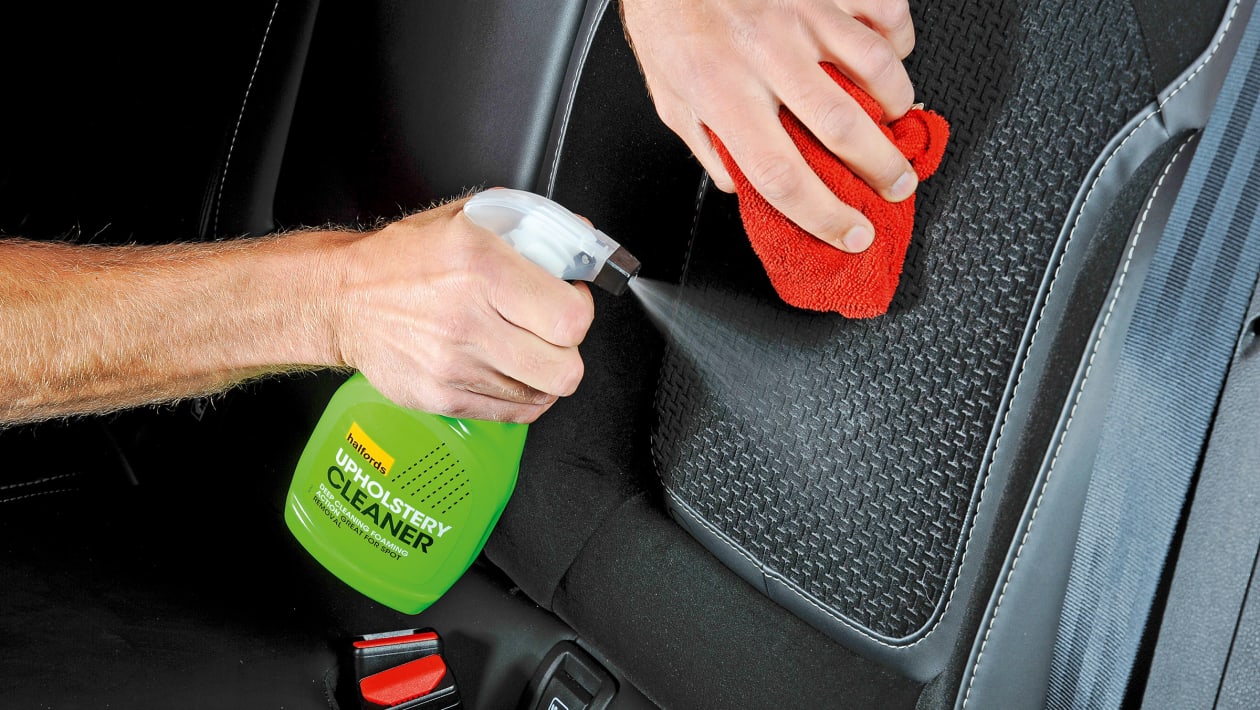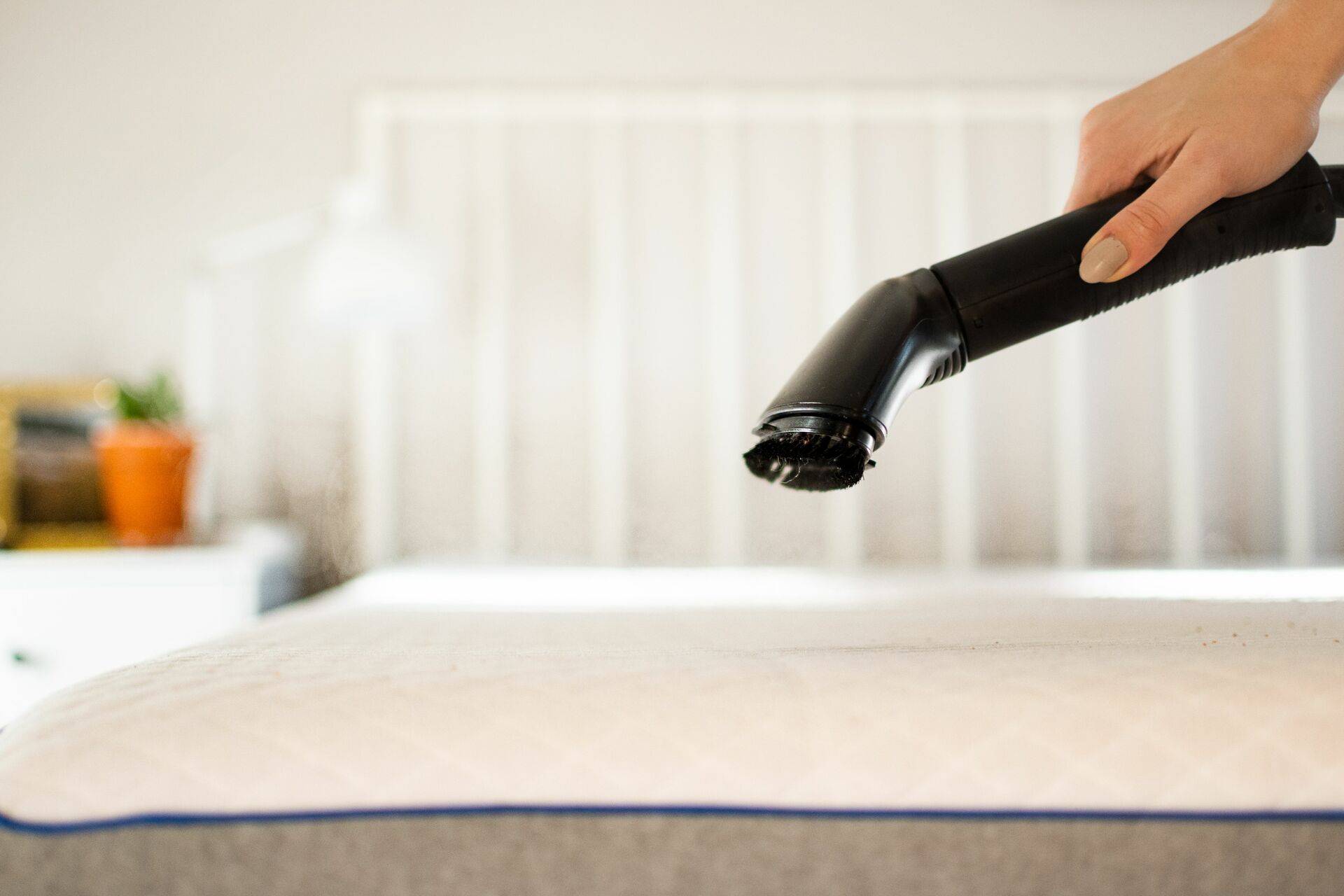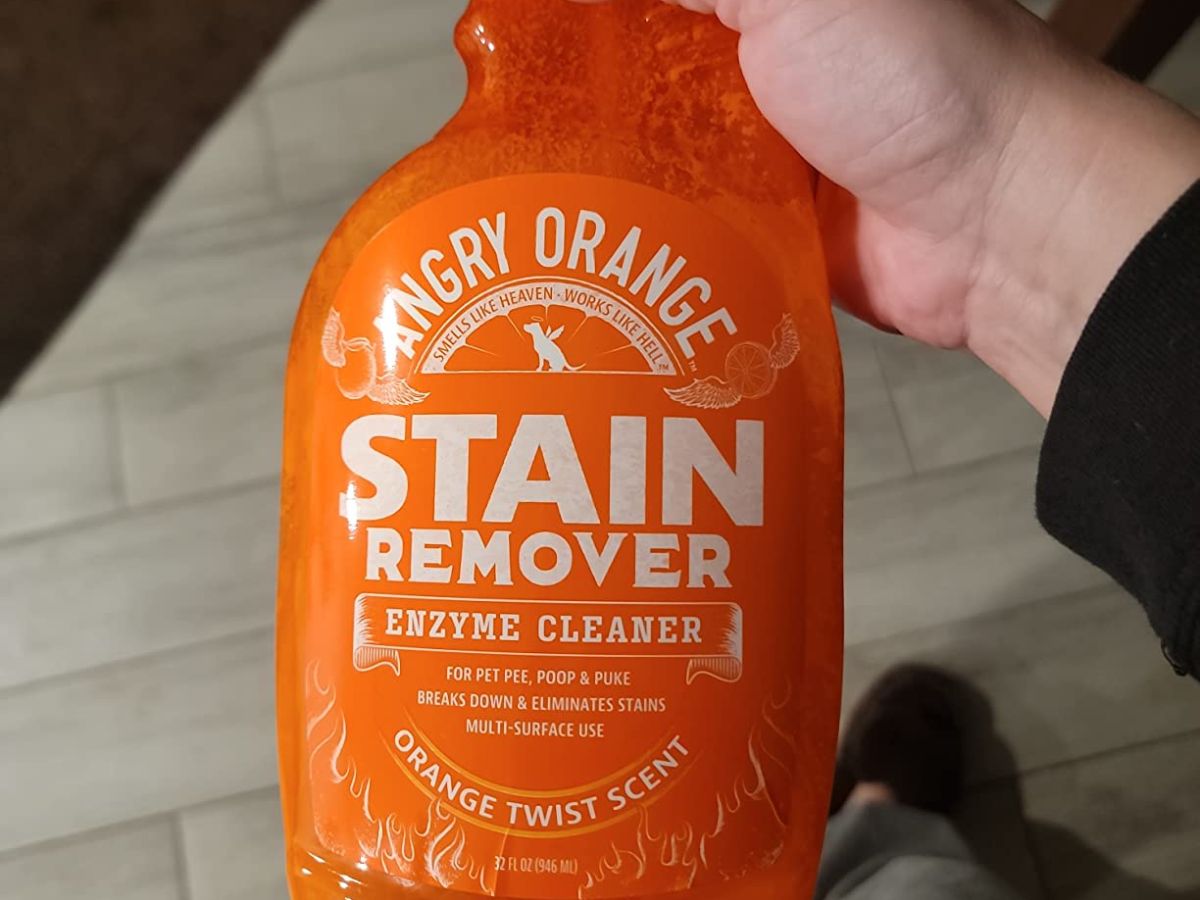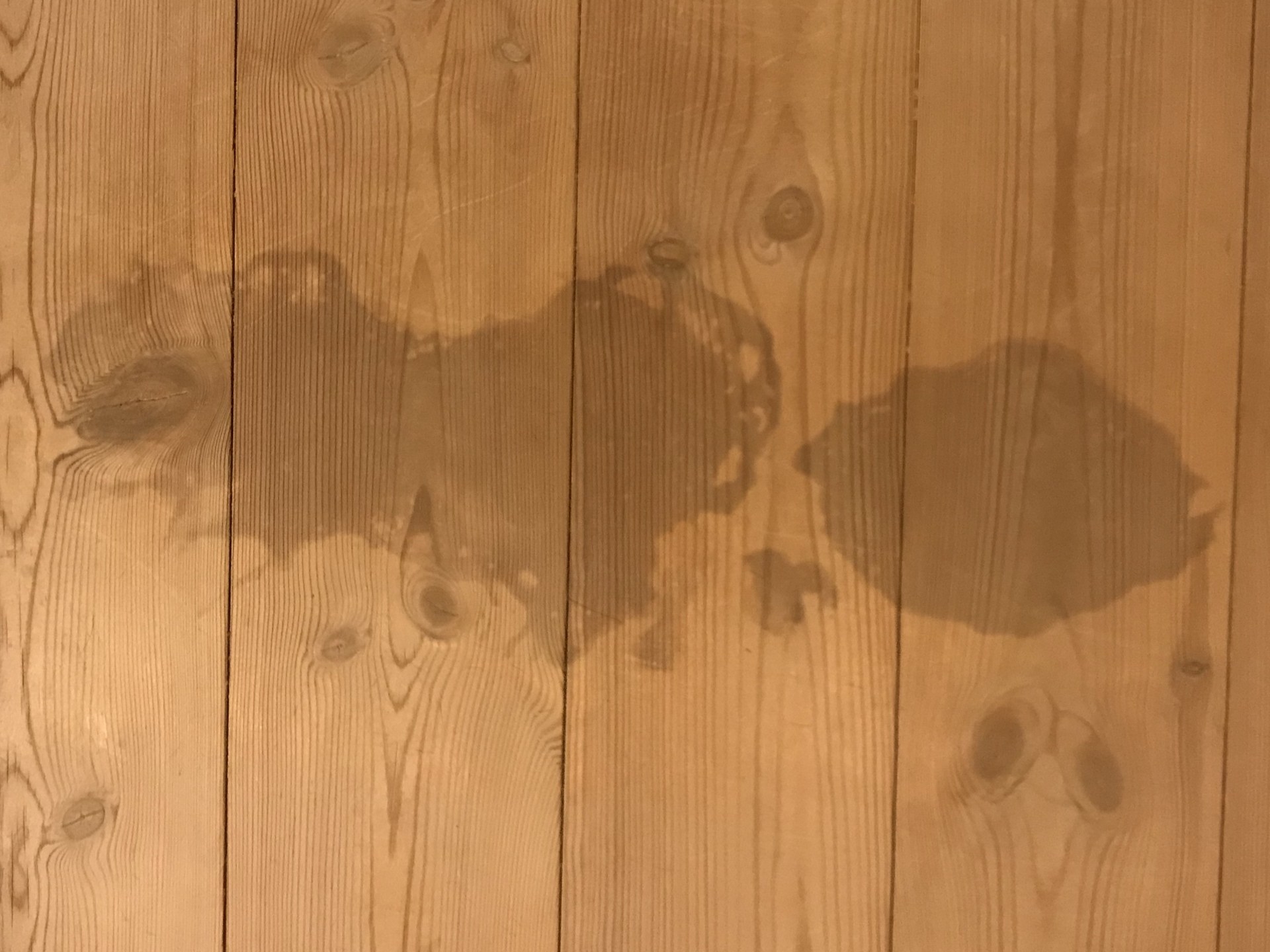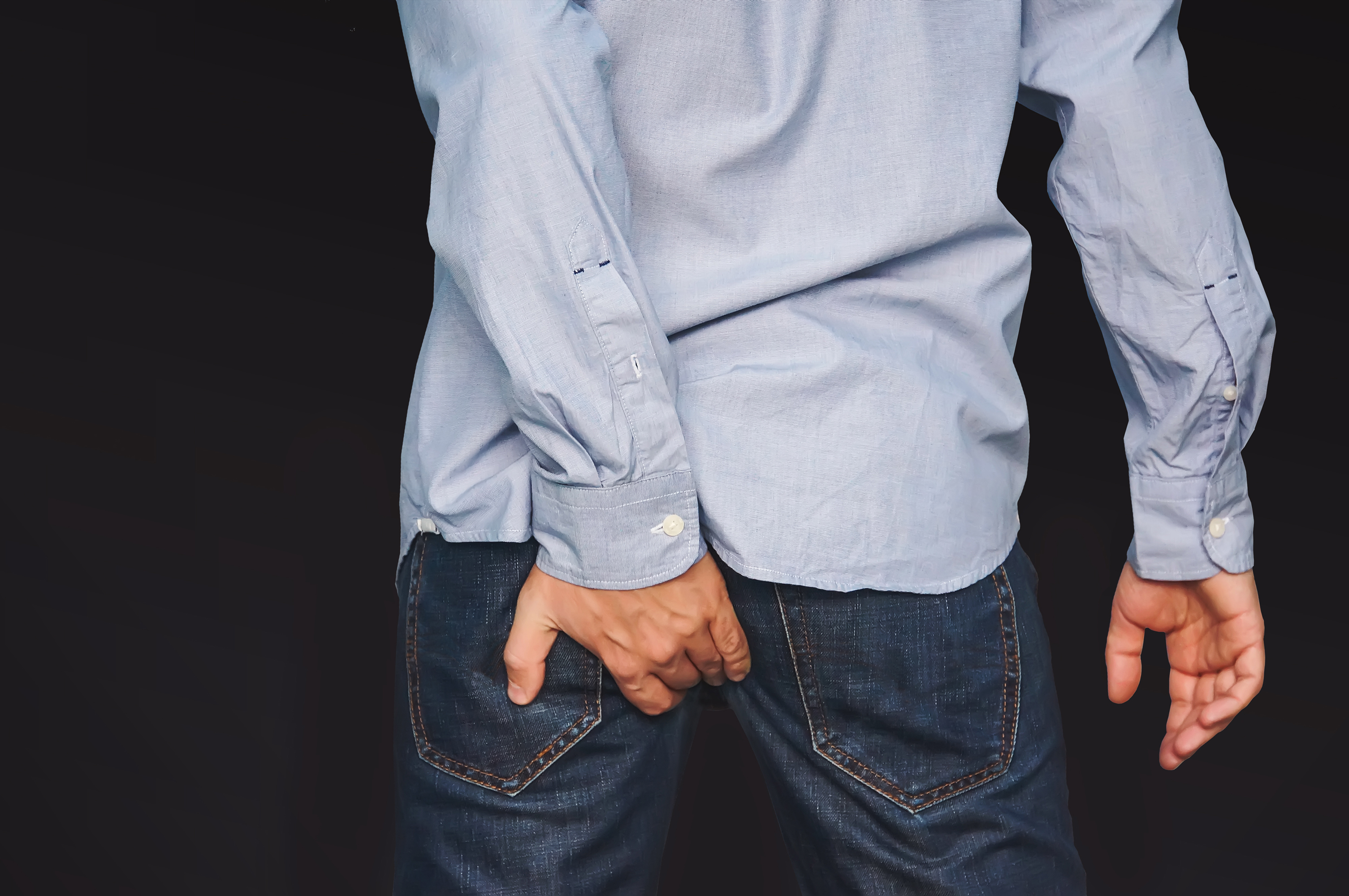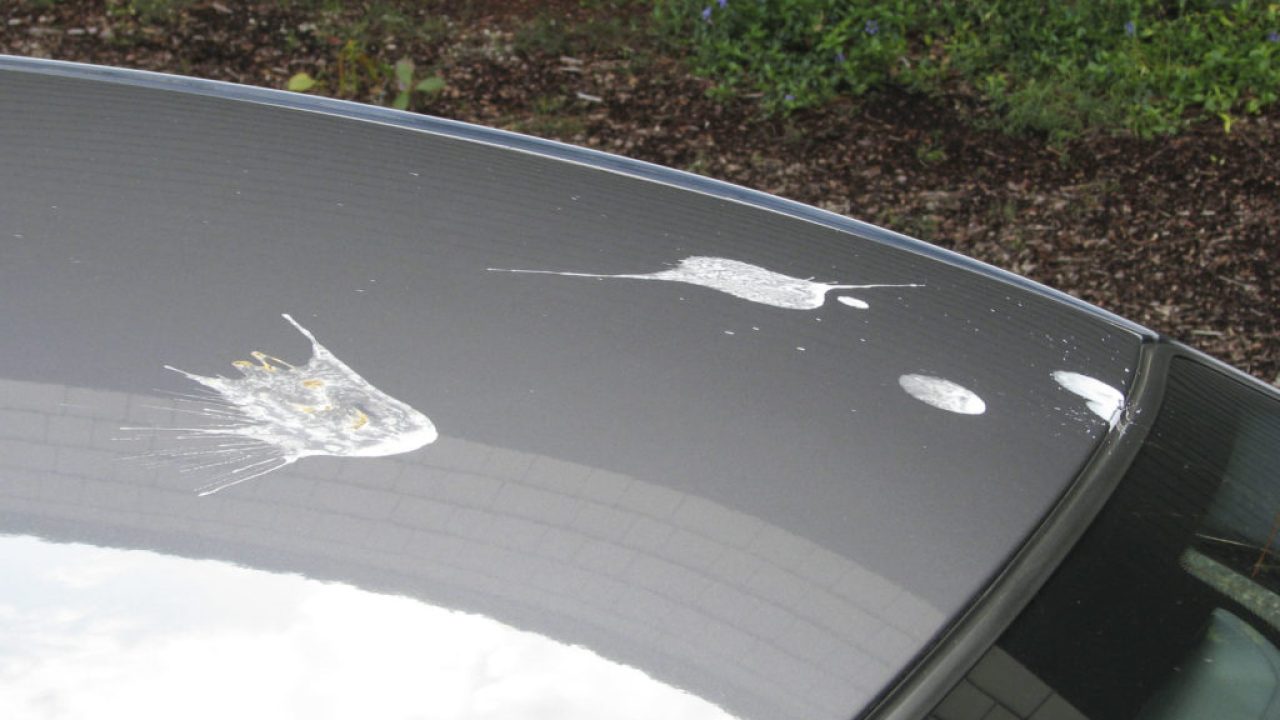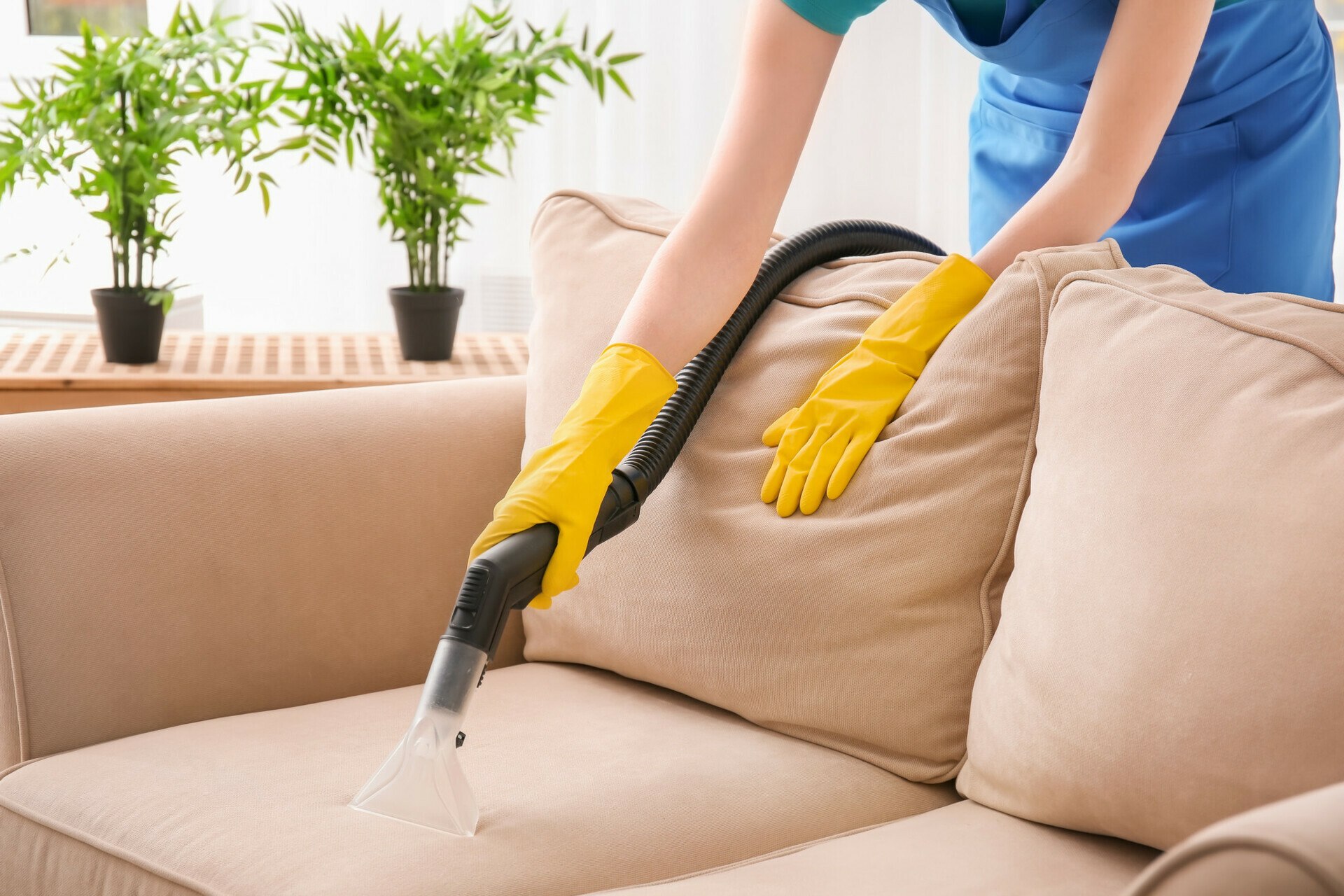Home>How-to Guides>For All>How To Get Baby Poop Stain
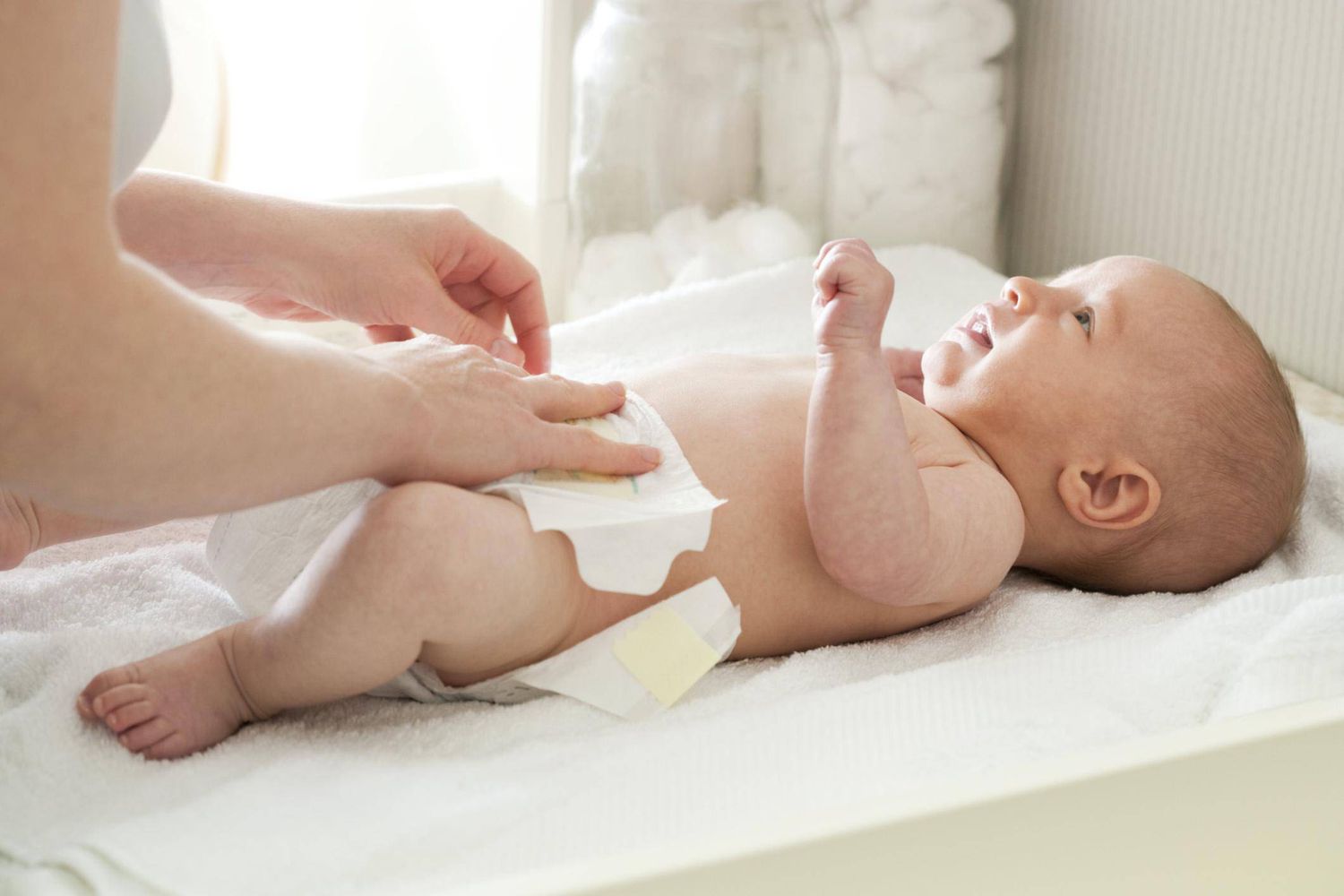

For All
How To Get Baby Poop Stain
Modified: September 23, 2023
Discover effective tips and tricks for removing tough baby poop stains with our comprehensive guide. Perfect for all parents seeking clean, stain-free solutions.
(Many of the links in this article redirect to a specific reviewed product. Your purchase of these products through affiliate links helps to generate commission for Under-tec.com, at no extra cost. Learn more)
Table of Contents
Introduction
Having a baby is a joyful and rewarding experience, but it also comes with its fair share of challenges. One of those challenges is dealing with baby poop stains. Let’s face it, no parent wants to see their little one’s adorable outfits ruined by unsightly stains.
Fortunately, with the right techniques and a little bit of know-how, you can effectively remove baby poop stains and restore your baby’s clothes to their pristine condition. In this article, we will guide you through the step-by-step process of getting rid of those stubborn stains.
Understanding the nature of baby poop stains is crucial. Baby poop consists of various enzymes, bacteria, and pigments that can leave behind stubborn marks on fabric. However, with the right approach, you can tackle even the toughest stains and leave no trace behind.
Before we dive into the details of stain removal, it’s important to prepare yourself and gather the necessary supplies. It’s always a good idea to have a stain removal kit on hand, which may include items such as mild detergent, enzyme-based stain removers, a soft-bristle brush, and hydrogen peroxide.
Now, let’s get ready to tackle those baby poop stains and restore your baby’s clothes to their former glory!
Understanding Baby Poop Stains
When it comes to baby poop stains, it’s important to understand the different factors that contribute to their stubbornness. The composition of baby poop can vary depending on various factors such as your baby’s diet, age, and overall health.
Baby poop contains enzymes that help in the digestion process, as well as bacteria that aid in breaking down the waste. These enzymes and bacteria can leave behind pigments and proteins that contribute to the discoloration and staining of fabrics.
The color and consistency of baby poop can also vary. Breastfed baby poop tends to be yellow or mustard-colored, while formula-fed baby poop can range from yellow to brown. Additionally, introducing solid foods into your baby’s diet can lead to changes in poop color and texture.
Another factor to consider is how quickly you attend to the stain. The longer you wait to treat a baby poop stain, the more difficult it may be to remove. Prompt action is key to prevent the stain from setting into the fabric.
It’s worth noting that not all fabrics are created equal when it comes to stain removal. Some fabrics, like cotton and polyester, are more stain-resistant and easier to clean than delicate fabrics like silk or wool. Knowing the fabric of the stained garment is essential in choosing the appropriate cleaning method.
Lastly, remember that every baby poop stain is unique, and what works for one stain may not work for another. It may require some trial and error to find the best approach for removing the specific stain you’re dealing with.
Now that you have a better understanding of baby poop stains, let’s move on to the next section, where we’ll discuss the preparations needed to tackle these stubborn stains head-on.
Preparing for Stain Removal
Before you begin the process of removing baby poop stains, it’s important to gather the necessary supplies and prepare the stained garment. Taking a few simple steps beforehand can greatly improve your chances of successfully eliminating the stain.
Firstly, gather the following items: mild detergent, enzyme-based stain remover, a soft-bristle brush, hydrogen peroxide (optional), a basin or sink, and clean white towels or paper towels.
The next step is to carefully remove any excess poop from the garment. Be gentle to avoid spreading the stain further. For solid poop, you can use a spoon or a dull knife to scoop it off. If the poop is still wet or liquid, place the garment under running water to rinse off as much as possible.
Now, inspect the stained area to assess the severity of the stain. Is it a fresh stain, or has it been sitting for a while? Fresh stains are typically easier to remove, but don’t worry if the stain has dried – we’ll address that later.
Before applying any stain remover or detergent, it’s crucial to check the care label on the garment. Some fabrics may require specific cleaning instructions or be more sensitive to certain cleaning agents. If in doubt, perform a spot test on a hidden area of the garment to ensure it won’t cause any damage or discoloration.
Once you’ve completed the preliminary steps, it’s time to move on to the actual stain removal process. In the next section, we will guide you through the step-by-step methods to effectively remove baby poop stains and restore your baby’s clothes to their pristine condition.
Step 1: Removing Excess Poop
Before you can effectively treat a baby poop stain, it’s important to remove as much of the excess poop as possible. This step will help prevent the stain from spreading and becoming more difficult to remove.
To begin, gently scrape off any solid poop using a spoon or a dull knife. Be careful not to push the poop further into the fabric, as this can make the stain worse. Instead, work from the outer edges of the stain inward, gradually lifting away the solid particles.
If the poop is still wet or liquid, you can rinse the garment under cold running water to help loosen and dilute the stain. Hold the fabric under the water, allowing the water to flow through the stained area. This will help remove as much of the poop as possible before proceeding to the next step.
For cloth diapers or other absorbent fabrics, you may need to give them a quick soak to loosen the poop. Fill a basin or sink with cold water and a small amount of mild detergent. Submerge the stained fabric in the soapy water and gently agitate it with your hands to help dislodge the poop particles.
After removing the excess poop, do not wring or twist the fabric, as this can cause the stain to spread. Instead, gently squeeze out the excess water from the fabric.
Once you’ve successfully removed the excess poop, it’s time to move on to the next step: pre-treating the stain. We’ll cover this in detail in the following section, so keep reading to learn how to effectively tackle those stubborn baby poop stains.
Step 2: Pre-Treating the Stain
After removing the excess poop from the stained garment, the next step is to pre-treat the stain. This involves using a stain remover or a combination of gentle cleaning agents to help break down and lift the stain before laundering.
There are several effective pre-treatment options you can try:
- Mild Detergent: Start by applying a small amount of mild detergent directly to the stained area. Gently rub the detergent into the fabric using your fingertips or a soft-bristle brush. Allow the detergent to sit on the stain for about 10 to 15 minutes to penetrate the fibers.
- Enzyme-Based Stain Remover: For tougher stains, consider using an enzyme-based stain remover. These products contain enzymes that help break down the proteins in the poop, making it easier to remove. Follow the instructions on the product label for the best results.
- Baking Soda Paste: Another option is to create a paste using baking soda and water. Mix enough baking soda with water to form a thick paste. Apply the paste to the stained area, gently rubbing it into the fabric. Let it sit for 15 to 30 minutes, then rinse it off with cold water.
Regardless of the pre-treatment method you choose, it’s important to be gentle when applying the cleaning agents. Avoid scrubbing too vigorously, as this can damage the fabric fibers.
After pre-treating the stain, give it some time to work its magic. Let the detergent or stain remover sit on the stain for the recommended amount of time, allowing it to break down the poop particles and lift the stain.
Once the pre-treatment has had time to work, it’s time to move on to the next step: laundering the stained fabric. We’ll cover this step in detail in the following section, so keep reading to learn about the best practices for washing baby poop-stained clothes.
Step 3: Laundering the Stained Fabric
Now that you have pre-treated the baby poop stain, it’s time to launder the stained fabric. Proper laundering techniques can help remove any remaining traces of the stain and leave your baby’s clothes fresh and clean.
Start by checking the care label of the garment to determine the appropriate water temperature and washing instructions. In most cases, using cold water is recommended for baby poop stains, as hot water can set the stain and make it more difficult to remove.
Add the stained fabric to the washing machine and pour a small amount of mild detergent into the dispenser. Use the recommended amount of detergent for your load size. Avoid using chlorine bleach, as it can react with the pigments in the poop and cause further discoloration.
Run the washing machine on a regular or gentle cycle, depending on the fabric type. After the washing cycle is complete, check the stain to see if it has been completely removed. If the stain is still visible, avoid placing the garment in the dryer, as the heat can set the stain further.
Instead, proceed to treat the stain again using the pre-treatment method mentioned earlier. Apply the stain remover or detergent directly to the stain and let it sit for a bit longer before laundering it again.
If the stain has been successfully removed, you can proceed to dry the garment according to the care label instructions. However, if the stain persists even after multiple attempts, it’s best to seek professional help or consult a stain removal expert.
Remember, it’s important to never iron a stained garment, as the heat can set the stain and make it even more challenging to remove. Always ensure the stain is fully eliminated before subjecting the fabric to heat.
Now that you have learned how to launder the stained fabric, let’s move on to the next step: treating stubborn baby poop stains. Keep reading to discover additional tips and tricks to tackle those stubborn stains effectively.
Step 4: Treating Stubborn Stains
While steps one to three should effectively remove most baby poop stains, some stubborn stains may require additional treatment methods. In this step, we will explore a few techniques to tackle those persistent stains and restore your baby’s clothes to their original condition.
1. Hydrogen Peroxide: For white or color-safe fabrics, hydrogen peroxide can be a useful tool for tackling stubborn stains. Apply a small amount of hydrogen peroxide directly to the stain, and gently blot it with a clean white towel or paper towel. Rinse the fabric thoroughly afterward to remove any residue.
2. Vinegar Solution: Vinegar can also be effective in removing stains. Mix equal parts water and white vinegar, and soak the stained garment in this solution for about 30 minutes. After soaking, gently rub the stain with a soft-bristle brush, then rinse the fabric with cold water.
3. Sunlight: Natural sunlight can work wonders on stubborn stains. Hang the stained garment outside in direct sunlight and let the sun’s UV rays do their magic. The combination of sunlight and fresh air can help bleach out the stain and eliminate any remaining discoloration. Be mindful of delicate fabrics that may be prone to fading.
4. Repeat Pre-Treatment: If none of the methods above work, it’s time to repeat the pre-treatment step. Apply a stain remover or mild detergent directly to the stain, let it sit for an extended period, and then launder the garment again. Sometimes, stubborn stains require multiple rounds of treatment to fully disappear.
If you have tried all these methods and the stain persists, it may be best to consult a professional cleaner who specializes in stain removal. They may have specialized products and techniques to tackle even the toughest stains.
Remember, patience is key when dealing with stubborn stains. Don’t be discouraged if the stain doesn’t come out immediately; sometimes it may require a bit of trial and error to find the right method that works for your specific stain and fabric.
Now that you have some strategies to treat stubborn stains, let’s move on to the final step: additional tips and tricks to help you in your battle against baby poop stains.
Step 5: Additional Tips and Tricks
As you navigate your way through the process of removing baby poop stains, there are some additional tips and tricks that can come in handy. These suggestions can help make your stain removal efforts more effective and prevent future stains from setting in.
1. Act Quickly: The sooner you tackle a baby poop stain, the better chance you have of completely removing it. As soon as you notice a stain, take immediate action to prevent it from setting into the fabric.
2. Cold Water Rinse: Rinse the stained area under cold running water before attempting any stain removal techniques. This will help dilute and wash away any excess poop and make the subsequent stain removal steps more effective.
3. Pre-Treat Overnight: For tough stains, consider pre-treating the garment overnight. Apply a stain remover or mild detergent to the stain, cover it with a clean cloth or towel, and let it sit overnight. This allows the cleaning agents to work on the stain for a longer period, increasing the chances of successful stain removal.
4. Avoid Heat: Heat can set stains, so it’s important to avoid using hot water or heat sources like dryers until the stain is completely removed. High heat can cause the stain to become more stubborn and harder to eliminate.
5. Use Stain Treatment Pens: Stain treatment pens are portable and convenient tools for on-the-go stain removal. Keep one in your diaper bag or purse for quick stain treatment when accidents happen while you’re away from home.
6. Preventative Measures: To minimize the chance of stains setting in, consider using bibs or burp cloths during feeding or when your baby is likely to have a diaper blowout. These protective barriers can help catch any mess and prevent it from directly coming into contact with your baby’s clothes.
It’s important to remember that each stain and fabric is unique. What may work for one stain may not work for another, and different fabrics may require different treatment approaches. Don’t be discouraged if a particular method doesn’t work; keep experimenting until you find the technique that successfully removes the stain.
With these additional tips and tricks, you now have a comprehensive arsenal to combat baby poop stains effectively. Remember to be patient, persistent, and proactive, and soon you’ll be able to keep your baby’s clothes looking clean and stain-free.
Conclusion
Having a baby is a messy adventure, and dealing with baby poop stains is just one of the many challenges parents face. However, armed with the right knowledge and techniques, you can effectively tackle these stubborn stains and preserve your baby’s adorable outfits.
Throughout this article, we’ve covered step-by-step methods for removing baby poop stains. From removing excess poop to pre-treating the stain, laundering the fabric, treating stubborn stains, and implementing additional tips and tricks, you now have a comprehensive guide to follow.
Remember that time is of the essence when it comes to stain removal. Acting quickly, rinsing with cold water, and pre-treating the stain promptly will greatly improve your chances of success. Additionally, using appropriate cleaning agents, following care label instructions, and avoiding heat will prevent further damage to the fabric.
While most stains can be effectively removed with the methods outlined in this article, some stubborn stains may require professional assistance. Don’t hesitate to seek help if needed, as stain removal experts have the knowledge and specialized products to tackle even the toughest stains.
Ultimately, the key to successful stain removal is patience and persistence. Every stain is unique, and what works for one may not work for another. But with determination, you can restore your baby’s clothes to their original condition and keep them looking clean and fresh.
So, don’t let baby poop stains dampen the joy of parenthood. Armed with the information and techniques shared in this article, you can confidently handle any stain that comes your way. Embrace the adventure, embrace the mess, and enjoy every precious moment with your little one!
